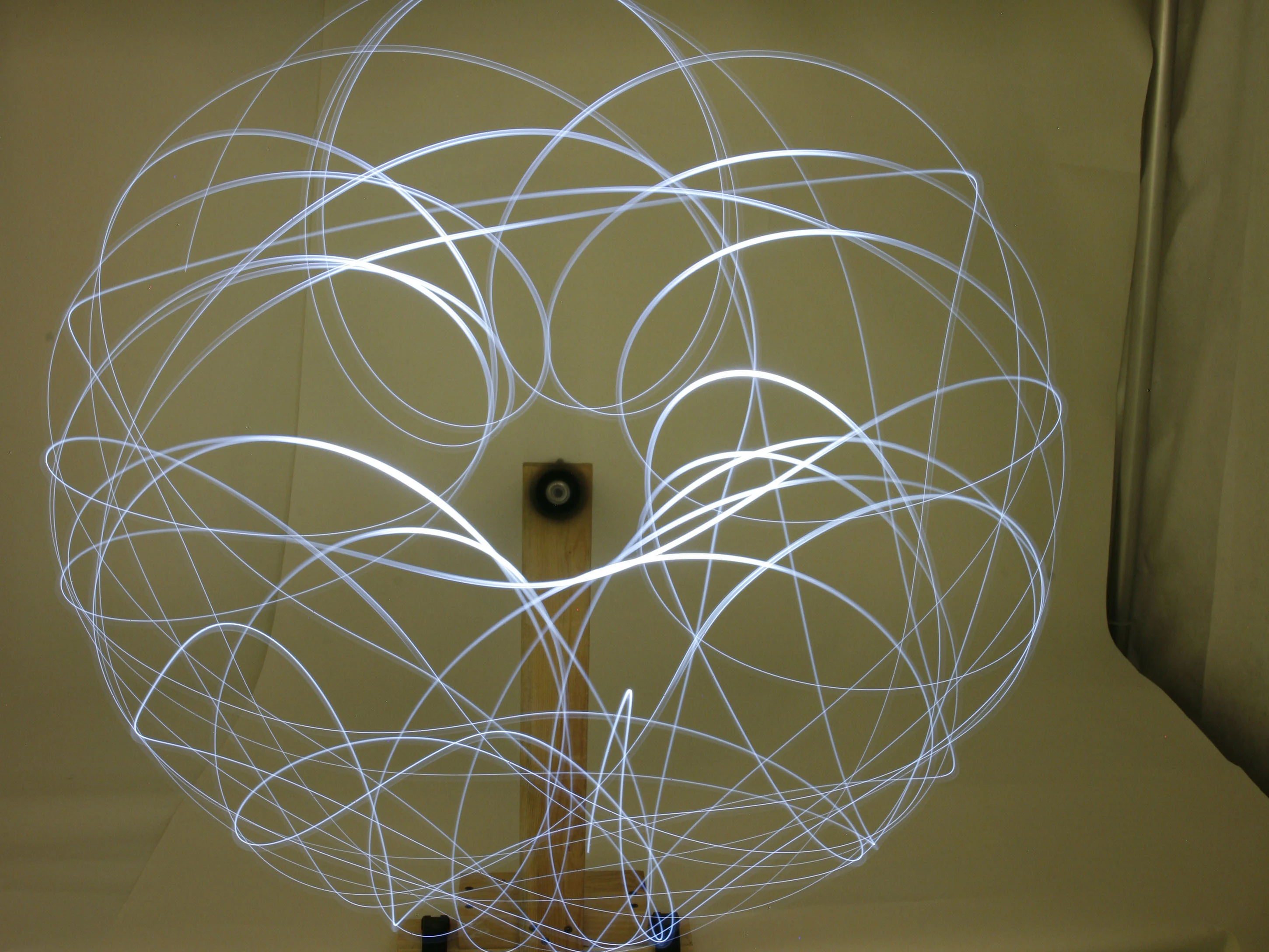About one hundred years after Newton's Principia Mathematica, classical mechanics underwent a revolution. Joseph-Louis Lagrange demonstrated that physical systems obey a "Principle of Least Action," following trajectories that seem to be designed to minimize the difference between the potential and kinetic energy averaged over time. While rarely taught before advanced undergraduate courses, Lagrange's (and his successors') reformulation of physics is now the language through which all modern physics is understood -- quantum mechanics, particle physics, statistical physics, general relativity, quantum gravity, and almost all other disciplines are taught and understood through the principle of least action. In this Semilab, we will build up the mathematical techniques necessary to understand analytical mechanics, derive its equivalence to Newtonian mechanics, and show its practical application in simplifying complicated physics problems. We will also discuss a deeply important result of Emmy Noether relating conserved quantities to symmetries and understand why the best definition of energy is "the Noether charge associated with time translation symmetry." Finally, if time permits, we will discuss why actions and Lagrangians are so deeply important in formulating quantum mechanics.

Physics
